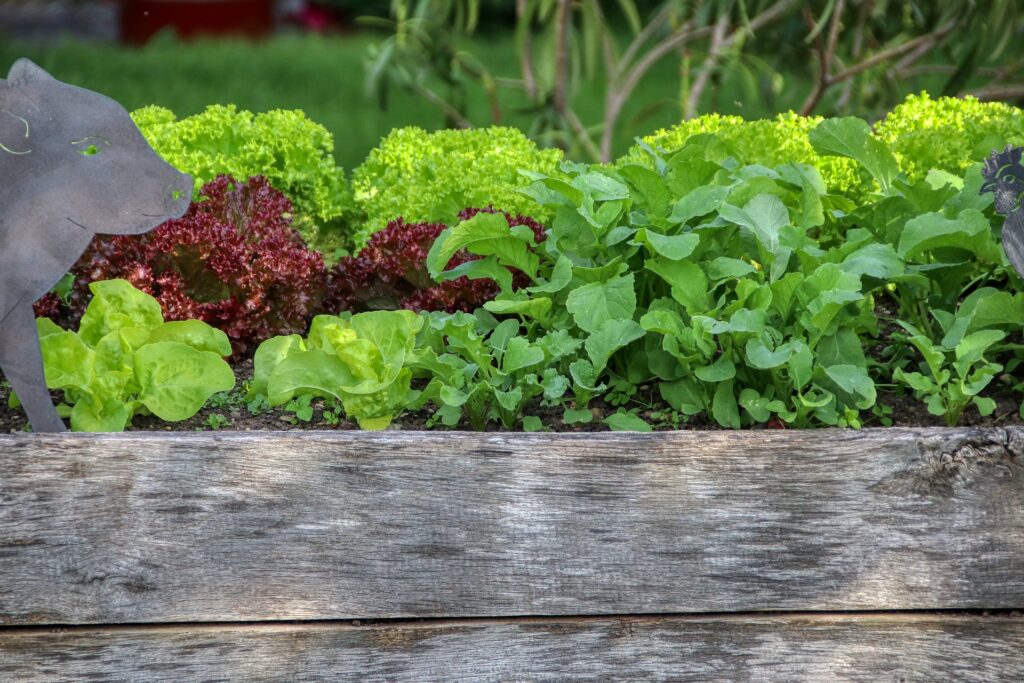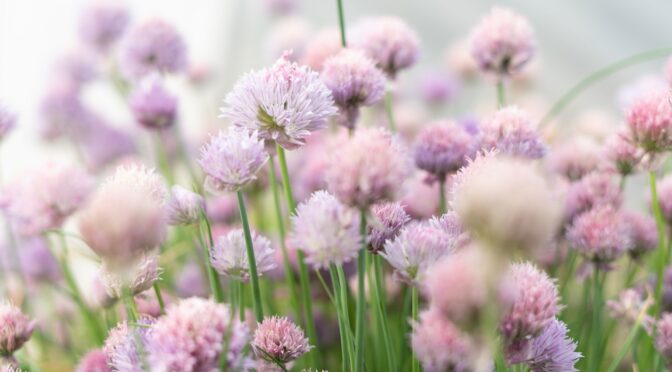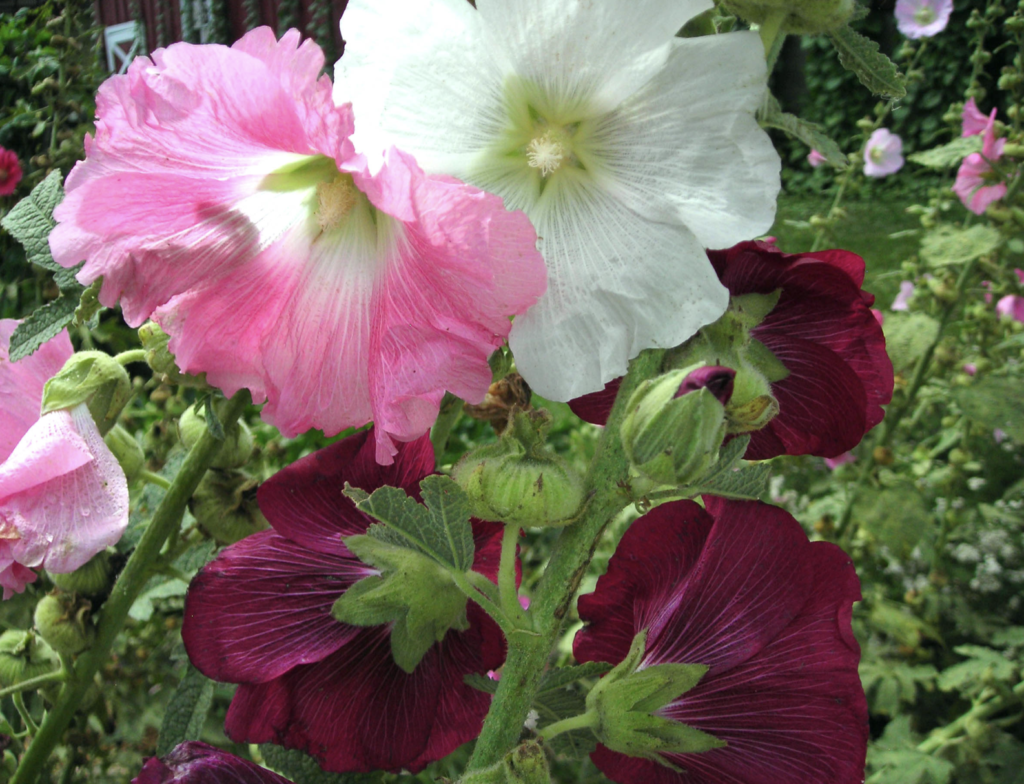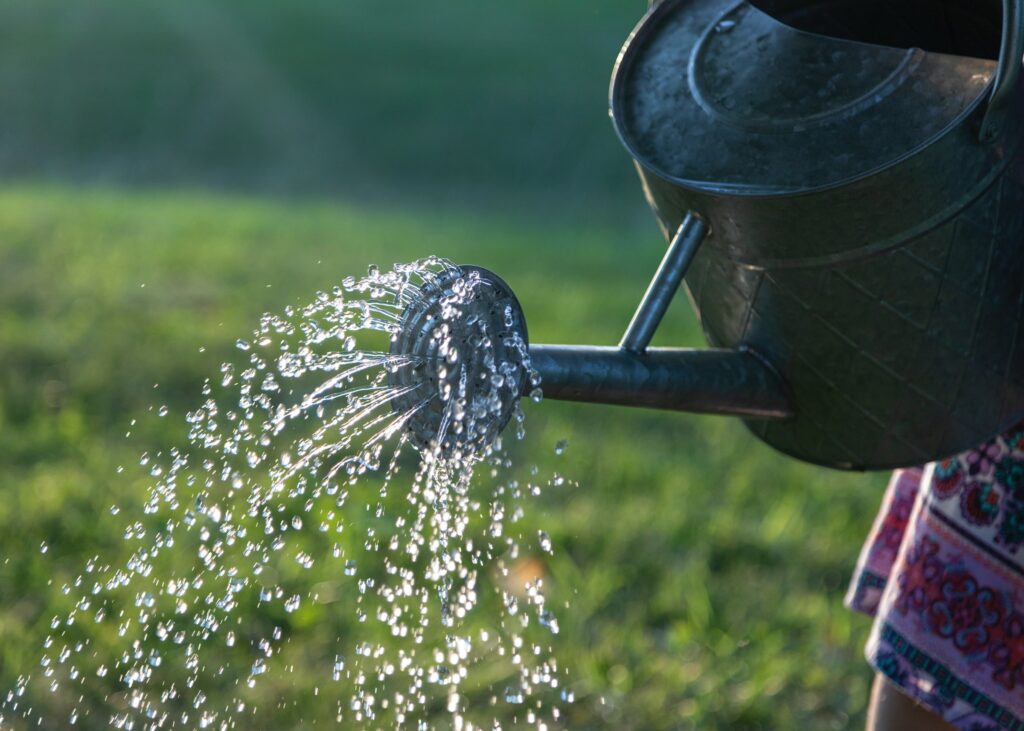A well-planned and cared for small garden can be more productive than a poorly tended larger one. If you’re short on space, there are several ways you can maximize your garden’s potential and productivity.
Choose Compact Varieties
You might not be able to grow giant pumpkins that will win prizes at the state fair in your tiny backyard, but there are many varieties that are more suitable for small plots. Some of our favorites for small space growing include:
- Table Queen Bush Acorn Squash
- Delicata Zeppelin Winter Squash (semi-bush)
- Doe Hill Golden Sweet Bell Pepper
- Sally’s Hot Pepper
- Alston Everlasting Cherry Tomato
- Little Lucky Tomato
- Yellow Pear Cherry Tomato
- Spicy Bush Basil
- Rainbow (Five Color Silverbeet) Swiss Chard
We love Alston Everlasting Cherry Tomatoes for small spaces because they’re are a large cherry that keeps for up to three weeks after harvest. Sally’s Hot Peppers bear lots of colorful peppers with medium heat and their small stature and beauty means they’re easy to tuck into a landscape or container garden. Table Queen squash is a wonderful way to put up some winter squash without long, trailing vines. Rainbow Chard won’t bolt in the heat and is beautiful and flavorful. These varieties and many more compact choices bring a lot of flavor to small spaces and container gardens.
Don’t Be Afraid to Mix Vegetables and Flowers
If you’re trying to get the most out of a small garden, it can be tempting to forget flowers altogether. However, flowers improve more than the look of a garden. They help to attract and support pollinators and beneficial insects.
Grow edible flowers like nasturtiums, Johnny-jump-ups, and bachelor’s buttons to add to salads or use to decorate baked goods. Plant tall, sturdy sunflower varieties to use as trellises for pole beans. Grow morning glories in window boxes and let them trail around porch railings. Plant marigolds in between vegetables to help deter whiteflies and nematodes. There are many ways to add flowers to a small space.

Use Containers or Raised Beds
If you don’t have a lot of open ground, consider adding containers or raised beds. Containers and raised beds can allow you to grow on patios, rooftops, and even unused parking spaces. Just make sure that if you’re growing on a surface that could contain harmful chemicals (like pavement), your bed has a non-permeable barrier at the bottom. Check out our best tips for container gardening here.
Grow Vertically
Trellising crops is a huge space saver. Pole beans, cucumbers, peas, indeterminate tomatoes, melons, squashes, gourds, and various flowers can all be grown on trellises. You can utilize existing fencing on your property or check out our vertical gardening blog post for more trellis tips.
Don’t Forget Perennials
Perennials add a lot of productivity to your garden for relatively little time and effort. You don’t need the space for a full-fledged orchard to enjoy their benefits.
Chives, walking onions, rhubarb, salad burnet, thyme, lemon balm, strawberries, and asparagus can all be grown in small gardens. Thyme and strawberries make excellent ground cover beneath other plants.
You can also espalier dwarf fruit trees or use them to create a fruit tree guild, grow grapes or hops on a trellis, grow raspberries or blackberries along a privacy fence, or plant low-bush blueberries along a border.
Succession Plant
Spreading out your planting and re-planting beds as soon as a crop is finished will ensure you can enjoy your harvest over a more extended period. Last year, Pam Dawling contributed a post to the SESE blog, “Summer Succession Planting: Avoiding Gluts & Shortages,” which is an excellent resource for learning more about succession planting.





